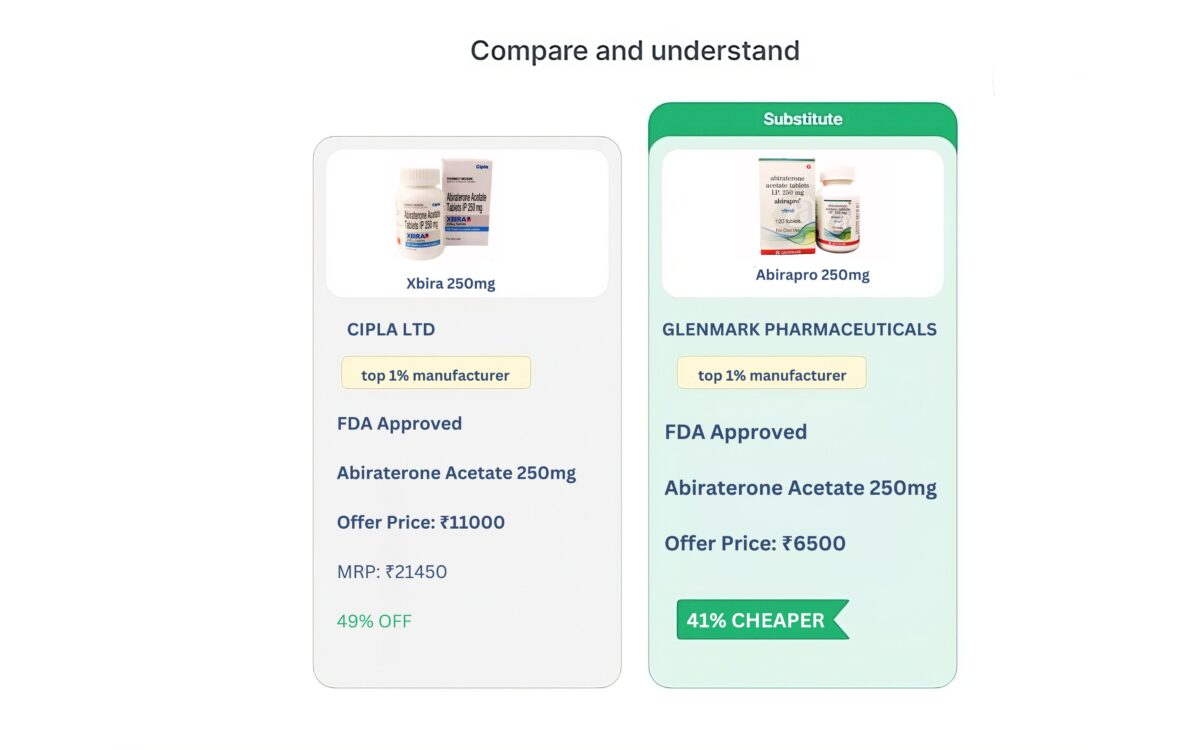Semaglutide
This page provides brief information on Semaglutide, covering its prescribed use, recommended dosage and administration, mechanism of action, associated brands and their strengths, precautionary warnings, and typical side effects.
Context and Approval Date
On December 5, 2017, Semaglutide received its first approval from the U.S. Food and Drug Administration (FDA) for the treatment of type 2 diabetes. As a result, it has received further approval for its efficacy in chronic weight management.
Mechanism of Action of Semaglutide
Semaglutide, acting as a GLP-1 receptor agonist, mimics the action of the natural hormone GLP-1. In managing diabetes, it enhances insulin secretion, inhibits glucagon release, slows gastric emptying, and reduces hepatic glucose production. These actions result in better glycemic control and lower HbA1c levels. Furthermore, semaglutide promotes weight loss by increasing satiety, reducing food intake, and modulating gastric function. It has also shown potential cardiovascular benefits, possibly reducing major cardiovascular events.
All Substitutes
View All| Product | Packaging Size | Company | Price |
|---|---|---|---|
| Semaglutide 3mg tablet | 10 tablets | Novo Nordisk India | INR 3000 |
| Semaglutide 7mg tablet | 10 tablets | Novo Nordisk India | INR 3150 |
| Semaglutide 14mg tablet | 10 tablets | Novo Nordisk India | INR 3550 |
Uses of Semaglutide
We use semaglutide to treat type 2 diabetes mellitus.
How Semaglutide works
When blood glucose levels rise, semaglutide stimulates the pancreas to release insulin. Insulin then enables muscle and fat cells to absorb glucose for energy production. Additionally, Semaglutide suppresses the release of glucagon, a hormone responsible for increasing blood glucose levels.
Semaglutide administration guidelines and available dosage options
For convenience, we usually administer semaglutide as a subcutaneous injection once a week at the same time. You can administer the injection in the abdomen, thigh, or upper arm. The medication pens include clear instructions on loading the needle, dialing the dose, and administering the injection. After use, dispose of the needle safely in a sharps container. Regular monitoring and follow-up with your healthcare provider are essential to evaluate your progress and adjust your treatment plan as needed.
Warning, Precautions, and Side Effects Associated with Semaglutide
Warning
Animal studies have linked semaglutide to thyroid C-cell tumors and may increase the risk of pancreatitis. When used alongside other antidiabetic medications, it might heighten the risk of hypoglycemia. There's also a potential increase in gallbladder-related issues like gallstones and acute inflammation. Additionally, some GLP-1 receptor agonists, including semaglutide, could elevate heart rate. Regular monitoring and discussion with your healthcare provider are essential to managing these risks effectively.Precautions
People with a history of medullary thyroid carcinoma (MTC) or multiple endocrine neoplasia syndrome type 2 (MEN 2) should steer clear of semaglutide. Seek immediate medical attention if you encounter severe abdominal pain, neck swelling, difficulty swallowing, or signs of allergic reactions. Exercise caution if you have renal impairment, and inform your healthcare provider if you notice palpitations or a rapid heart rate, as dosage adjustments may be required. Close monitoring and regular consultation with a healthcare provider are essential for effectively managing these risks.Side Effects
Semaglutide may cause side effects, including but not limited to nausea, vomiting, diarrhea, decreased appetite, headache, injection site reactions, and, in rare cases, more serious effects such as pancreatitis, thyroid tumors, kidney problems, and hypoglycemia.FAQ - Semaglutide
1What are the most common side effects of semaglutide?
The most common side effects of semaglutide may include nausea, vomiting, diarrhea, decreased appetite, headaches, and injection site reactions.
2Can Semaglutide Cause Pancreatitis?
With semaglutide, there is a potential risk of pancreatitis. If you encounter severe abdominal pain, it's important to seek medical attention immediately.
3Who should not use Semaglutide?
Individuals with a history of medullary thyroid carcinoma (MTC) or multiple endocrine neoplasia syndrome type 2 (MEN 2) should not use semaglutide. Those who are hypersensitive to this medication should also avoid using it.
4Can Semaglutide affect my thyroid health?
Yes, studies on animals have linked semaglutide to thyroid C-cell tumors. People with a history of thyroid conditions or medullary thyroid carcinoma (MTC) should talk to their healthcare provider about the potential risks associated with semaglutide.
5How can you minimize the risk of hypoglycemia while using semaglutide?
Using semaglutide alongside other antidiabetic medications may increase the risk of hypoglycemia, or low blood sugar. It's crucial to closely monitor your blood sugar levels and follow your healthcare provider's guidance to effectively manage this risk.
6 Is semaglutide safe for individuals with kidney problems?
Individuals with kidney impairment should exercise caution when using semaglutide. Dose adjustments may be necessary based on your kidney function. Changes to the dosage might be required depending on the functionality of your kidneys.
7 If I develop gallbladder symptoms while taking semaglutide, what should I do?
Studies have linked semaglutide to gallbladder-related incidents. If you encounter symptoms such as abrupt abdominal pain, especially in the upper right area, it's crucial to seek medical assistance immediately.
References
1. Novo Nordisk Limited, EMC, [25 Jan 2023], [Accessed date 18th August 2023]https://www.medicines.org.uk/emc/
product/11507/pil
2. Novo Nordisk Inc, FDA Food and Drug Safety Administration [September 20, 2019] [Accessed date 18th August 2023],https://www.accessdata.fda.gov/
drugsatfda_docs/label/2019/213051s000lbl.pdf
product/11507/pil
2. Novo Nordisk Inc, FDA Food and Drug Safety Administration [September 20, 2019] [Accessed date 18th August 2023],https://www.accessdata.fda.gov/
drugsatfda_docs/label/2019/213051s000lbl.pdf

